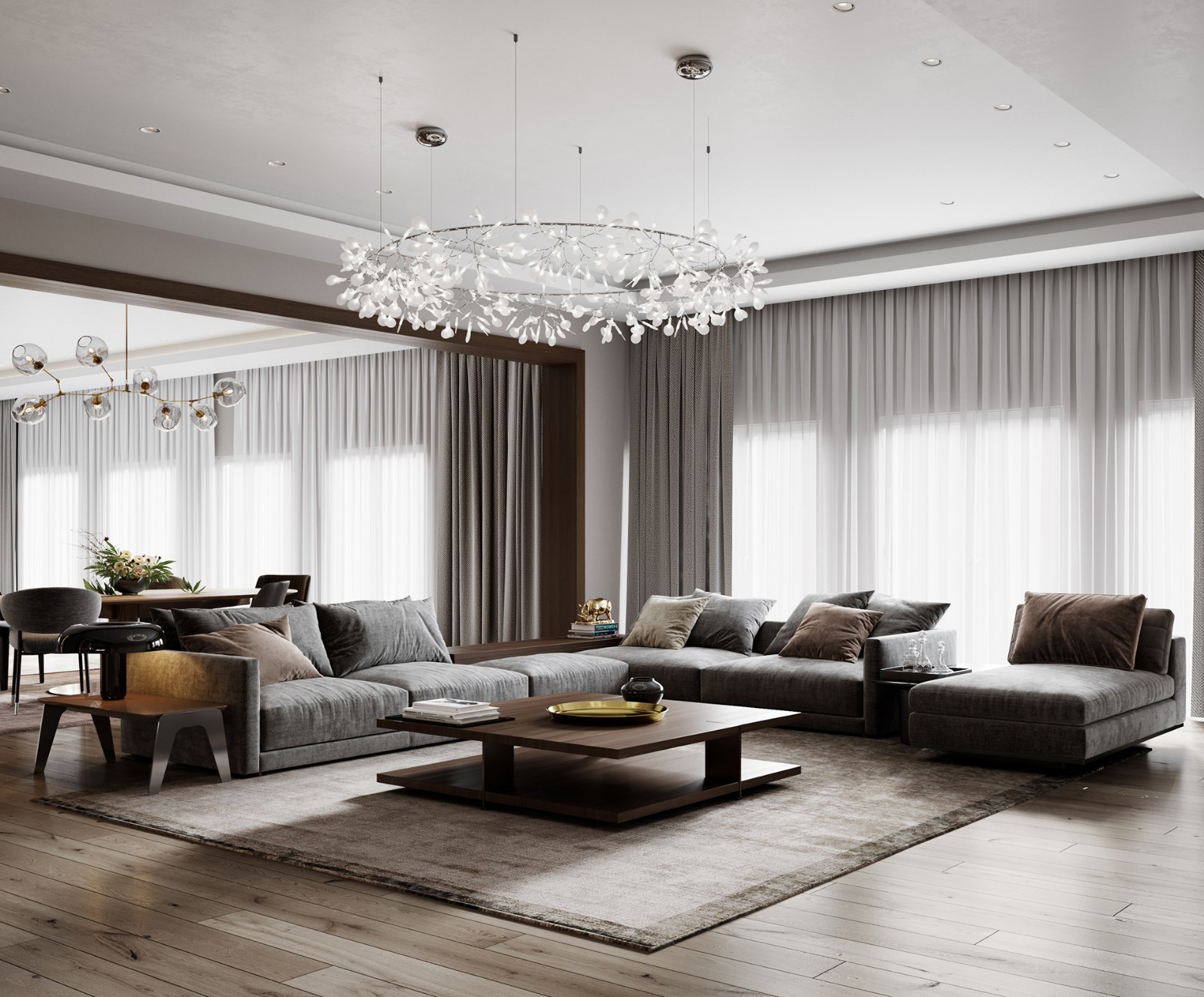1.8M Width House YUUA Architects - Associates
2018-07-08 22:00
其他与会者-Hirotsugu Tsuboi结构工程师-多规格少规格
Other Participants Hirotsugu Tsuboi Structural Engineers More Specs Less Specs
© Sobajima, Toshihiro
(Sobajima,Toshihiro)


架构师提供的文本描述。1.8m宽的房屋标识的概念和核心是其内部空间的流动性,它将所有的房间塑造在一起,并允许在日常的基础上重新设计房子的每一部分,无视传统的居住空间划分。
Text description provided by the architects. CONCEPT The 1.8M Width House identity and the core is the fluidity of its interior space, which molds together all the rooms and grants the freedom to reinvent each part of the house on a daily base, defying the conventional divisions of living spaces.
© Sobajima, Toshihiro
(Sobajima,Toshihiro)


在设计这座1.8米宽的房子时,我们必须面对的第一个挑战是情节大小与客户所希望的空间和心理开放性并驾齐驱。只有2.5×11米,这是一个典型的“鳗鱼床”,在那里,你可以伸出双臂,触摸建筑物的两面外墙。为了避免内部拥挤,我们专注于在墙壁之间保持尽可能多的自由空间,以及创造一个流动的、有趣的空间。
ARCHITECTURE The first challenge we had to face with the design of the 1.8M Width House was the juxtaposition of the size of the plot and the spatial and psychological openness the clients’ wished for. At a mere 2.5 by 11m, the site is a typical “eels’ bed”, where you can, with your arms extended, touch both external walls of the building. To avoid a cramped interior, we focused on keeping as much free space as possible between the walls and on the creation of a fluid, playful space.
© Sobajima, Toshihiro
(Sobajima,Toshihiro)


为了设计一个小但不断变化的房子,我们认为房子是一个小“场所”的集合,并设计了一个这样的“场所”在不同层次上扩展的环境。狭长空间中的浮动地板产生了空间扩张,而光线和新鲜空气则从立面和屋顶流过细长的架子,进一步增强了空间的独特性。日常的家居用品自然地融入了空气中,与室内设计和居民融合在一起。
To design a small but ever-changing house, we considered the house as an aggregation of small “places” and designed an environment in which such “places” expand on various levels. The floating floors in the long and narrow space generate a spatial expanse, while light and fresh air flow in from the façade and the roof, through the slender shelves that further enhance the peculiarities of the space. Daily household goods fit naturally into the atmosphere, blending in with the interior design and the inhabitants.


该结构是在充分考虑建筑物形状奇异性的基础上发展起来的。柱和梁被限制在最大限度的内部空间。结果表明,钢框架结构最适合于场地的狭小立面,而混凝土基础采用EZ桩体系。此外,所选择的外部材料不需要脚手架,并安装了一个开放的管道路线,可以很容易地维护,以配合现场的独特性。我们仔细研究了自然通风,以尽量减少使用空调系统。自然风和气流循环为居住者提供了一个舒适的空间。
The structure was developed by fully considering the singularity of the building shape. Columns and beams were limited to maximize the interior space. Steel-frame construction was found to be the most adequate to the narrow frontage imposed by the site, while an EZ stake system was adopted for the concrete foundation. Furthermore, the chosen exterior materials do not require scaffolding and an open piping route that can be easily maintained was installed to match the uniqueness of the site. Natural ventilation was carefully studied to minimize the use of air conditioning system. Natural wind and air flow circulator provide a comfortable space for the habitants.
© Sobajima, Toshihiro
(Sobajima,Toshihiro)


这座1.8米宽的房子坐落在东京市中心的一条商业街上。和城市的许多其他地方一样,这里挤满了人和建筑。我们现在看到的大量微小的建筑是随着时间的推移而产生的,这是由于土地成本和需求不断上升的双重作用。事实上,土地所有者为了出售原地皮而划分地块的现象并不少见,这种现象是在“鳗鱼床”出现的背后,即宽度接近法律规定的最低200万米的地点。
URBAN CONTEXT The 1.8M Width House is located on a shopping street in a central area of Tokyo. As many other parts of the city, it’s crowded with people and buildings alike. The multitude of often minute constructions we see now was born over time due to the dual action of rising land costs and demand. As a matter of fact, it isn’t uncommon for landowners to partition the original plot in order to sell it and this phenomenon is behind the appearance of the “Eels’ beds”: sites of a width close to the legal minimum of 2m.
© Sobajima, Toshihiro
(Sobajima,Toshihiro)


处理这些情况是一个挑战,但也是一种可能性,以增加现有的城市建筑空间,同时防止其扩大。此外,随着其他解决方案,这一战略允许各种客户进入本来昂贵的社区,并进行城市的特点,快节奏的发展。
Working with these situations is a challenge but also a possibility to increase the available built space in the city while preventing its expansion. Moreover, along with other solutions, this strategy allows a variety of clients to access otherwise expensive neighborhoods and to carry on the city’s characteristic fast-paced evolution.




































Architects YUUA Architects & Associates
Location Toshima, Japan
Lead Architect Aihara Madoka
Area 80.42 m2
Project Year 2012
Photographs Sobajima, Toshihiro
Category Houses
Manufacturers Loading...































